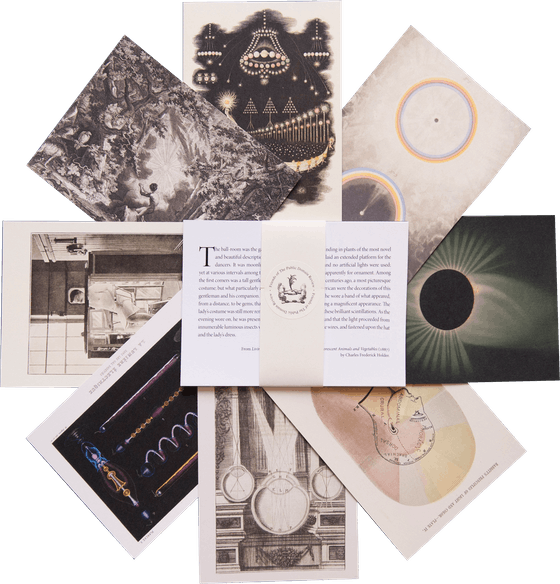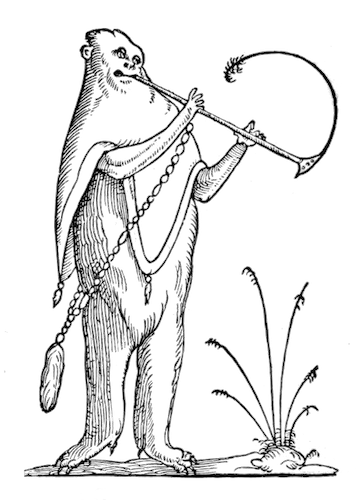
A Treatise on the All-Healing Qualities of Earth Bathing (1790)
Long before “earthing mats” became a pseudoscientific health trend and Japanese “cedar enzyme baths” went viral, James Graham (1745–94) encouraged his readers to bury themselves alive in the name of health. He called the practice EARTH-BATHING or “animal purification”, and explicated its benefits with the breathless, subclause-dense enthusiasms of eighteenth-century syntax: “immersing or placing the naked Human Body, up to the chin, or lips, or rather covered up over the head, but leaving the eyes and nose uncovered for seeing and breathing freely, in fresh dug up Earth, or in the Sand of the Sea-shore, for three, six, or twelve hours at one time, and repeatedly, hath been recommended, and actually practiced, with constant, and with infallible success, by Sea-faring Foreigners, as well as by the natives of Great Britain…” It was a supposed cure for everything: spasms, convulsions, or nervous afflictions; leprosies, rheumatisms, consumptions; a pesky condition that causes “rigidity of the full body” — all could be healed by a few hours in dirt.
But what mechanism between body and earth makes such a treatment feasible? For Graham — writing more than a century before Vladimir Vernadsky coined the term “biosphere” and James Lovelock put forth his “Gaia hypothesis” — the Earth itself is “a great, an huge Animal, or living System”, a “most fruitful Parent, rearing, and watching over her innumerable offspring with far more than human care”. A good Christian, at least on the page, Graham recognized that we are the children of Adam, formed by God from Adamah (earth/ground), and to dust we shall return. In the meantime, however, we walk about as microcosms prone to dysregulation, cut off from the earthen womb. But just as the Earth’s climate systems and habitats function through a dynamic equilibrium, the human body’s microclimates of humoral and elemental forces can be recalibrated by intermittently interfacing with our material origin. As if anticipating his readers’ doubts, Graham offers his own firsthand testimonial:
For I have been in the earth near an hundred different times, and seldom less than five or six hours each time, and that for successive weeks, daily. Nay I have myself been naked in the earth, at Pontefract, for eight successive days, six hours each time, and on the ninth day, I was in for twelve successive hours, viz. from eight in the morning, till eight at night, neither eating or drinking anything. I recall the assertion; I ate, drank, like a very glutton, at a million of mouths, or pores; and on getting out and washing, and eating heartily, I found myself rejuvenated, and primely invigorated.
Not all earth is equal. Our author prefers the loam of hills and mountains, where the air and ground is more pure and “salubrious”. He also has a preference for certain colors and textures. You want your dirt brown or reddish, and “light, sandy, crumbly, mellow, and marrowy”. Avoid blue, black, yellow, and white soil. As for the bathing itself, morning is best time to dig your trench, and while it’s better to fast, a glass of wine or two, or “some very thick oatmeal gruel”, can be consumed during the immuration. Finally, do not remain silent. “The more that the patient sings or speaks aloud while they are in the earth the better; as the bellows like motion of the breast and bowels, not only keep alive the natural heat of the body, but also works out disease, and sucks in health and vitality more powerfully.”
Thomas Rowlandson, Dr Graham’s Bathing Establishment, ca. late 18th century — Source.
The son of a saddler, the Edinburgh-born Graham had achieved notoriety for his medical “innovations” long before he started mucking about with mud. In 1780, he launched The Temple of Health in London. As a contemporary advertisement stated, the ten-room exhibition — open from six in the morning until eight at night, every day of the week — was the home to his ingenuous “medico-electrical apparatus”: “an unmistakably phallic totem that was eleven feet long and four wide, and capped by two semi-circular globes”, in Christopher Turner’s words. Shocking his patients as they perched on conductive thrones and donned current-carrying crowns, Graham-the-physician played the magician, complete with a beautiful assistant, Emma Lyon, who would go on to become Lady Hamilton, famous for her “attitudes”. The Temple’s entrance hall “was scattered with discarded walking sticks, ear trumpets, eyeglasses, and crutches”, writes Amelia Soth: proof of the cure-all qualities of properly harnessed electricity (a technique Graham learned in Philadelphia from Benjamin Franklin’s friend Ebenezer Kinnersley).
Graham had a love of ether, inhaling a couple ounces daily later in life, but is best remembered for his intoxicating sexology. At The Temple of Hymen, constructed in a mansion on Pall Mall, Graham debuted the Celestial Bed in 1781. This device also involved electricity as well as magnetism (and may have had laughing gas piped beneath its canopy) and promised greater sexual pleasure and fertility to an aristocratic clientele. Organ music streamed directly from the headboard, the tempo of which was regulated by the “intensity of the mighty conflict” occurring on the mattress. In Graham’s own description, the bed was designed to correct “the acrimony of the juices” and expel “all fear, expanding the imagination with the liveliest and most sublime ideas”. Of course, the bed was only made available to married couples, with an inscription in Greek and Latin emblazoned in golden capitals across the Hymen temple’s grand entrance: “Let no unclean person enter. Away!”
James Graham died at home in 1794, in the midst of experimenting with a new panacea (perhaps his most medically substantiated prescription): the health benefits of fasting. He was buried, six feet under, at Greyfriars Kirkyard in Edinburgh.
Enjoyed this piece? We need your help to keep publishing.
The PDR is a non-profit project kept alive by reader donations – no ads, no paywalls, just the generosity of our community. It’s a really exciting model, but we need your help to keep it thriving. Visit our support page to become a Friend and receive our themed postcard packs. Or give a one-off donation. Already a supporter? A huge thank you for making all this possible.
Oct 21, 2025







